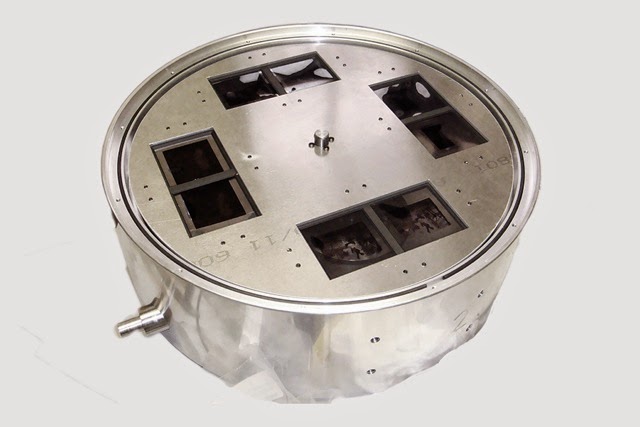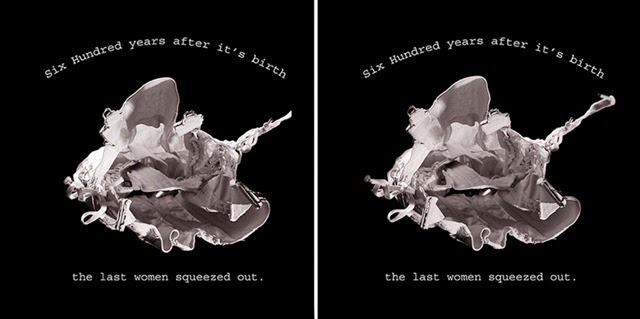From Absorb to Zoom: An Alphabet of Actions in the Women's Art Library, my site-specific installation of digital prints with content derived from the Women's Art Library, is now on view in the Special Collections Reading Room (Rutherford Building) and in the Kingsway Corridor (Hoggart Building) at Goldsmiths College, for just a few more days, through 30 March 2015.
In tandem with the project, I have invited selected artists with documentation in the WAL archive to send me images of recent work to feature on this project blog.
Rebecca Hackemann is a conceptual artist, whose work is concerned with viewer interaction, perception, social practice and the construction of private and public space. She writes:
I am interested in the process of vision and visual communication itself, how we bring meaning to what we see and experience through the medium of photography. Photography is ubiquitous, yet the art photograph aims to provide a critique on existing everyday photography.
Many of these images are about photography itself and how it intersects our lives in different forms - the family snapshot, the government archive, news photography, iconic imagery.
 |
| Stereoscopic views: Vine Street,, Philadelphia, Demolished 1949 /1951. Vine Street widened looking west. |
The deliberate use of black and white photography can produce nostalgic and appropriated utopian associations in a viewer. While the images are poking fun at our "society of the Spectacle" (Guy Dubord) by creating their own commentary on it, the work aims to provoke thought, amusement and questions.
 |
| Internal view of stereoscope. |
 |
| The Corset, 2011. Stereo photography. |



No comments:
Post a Comment